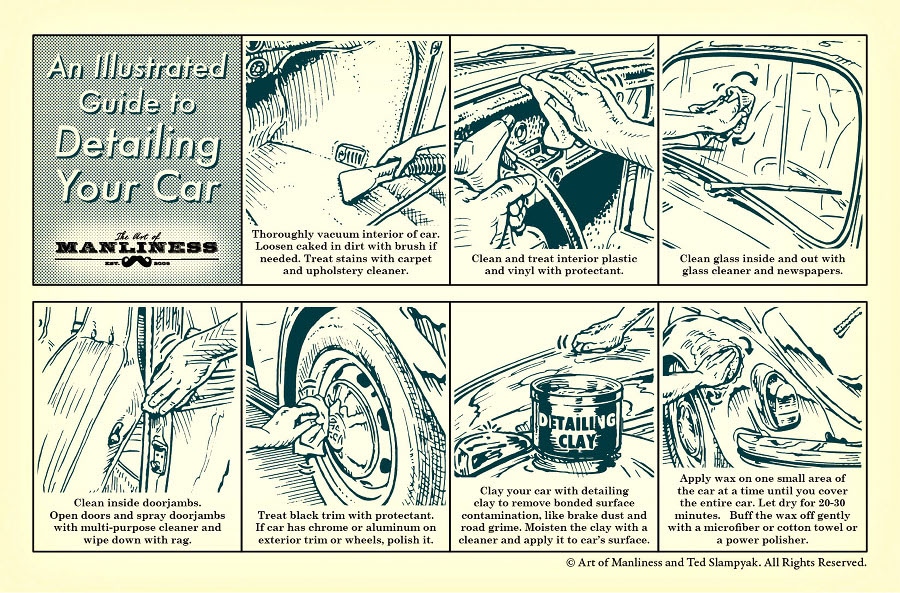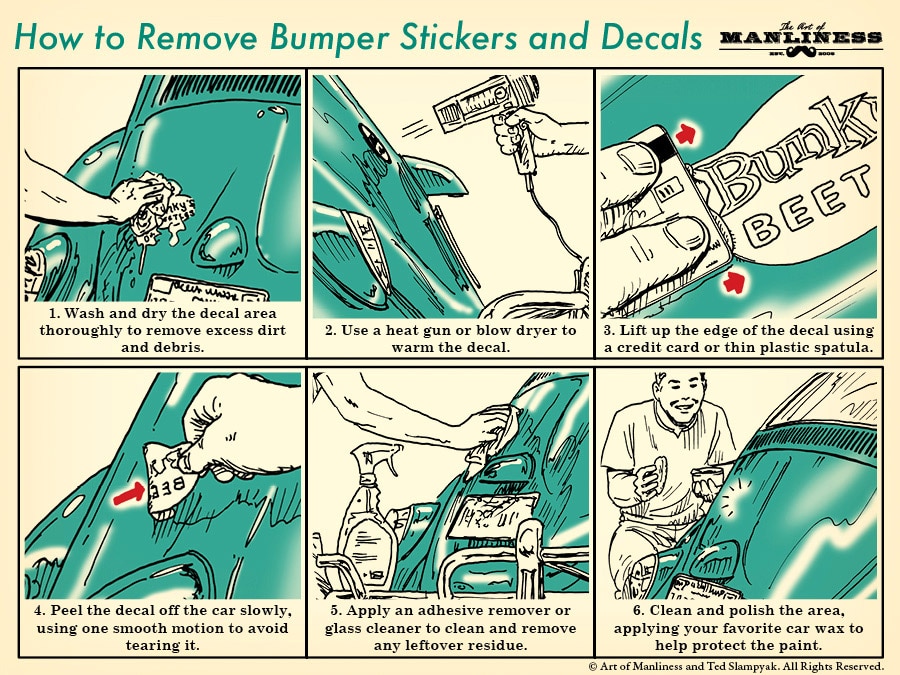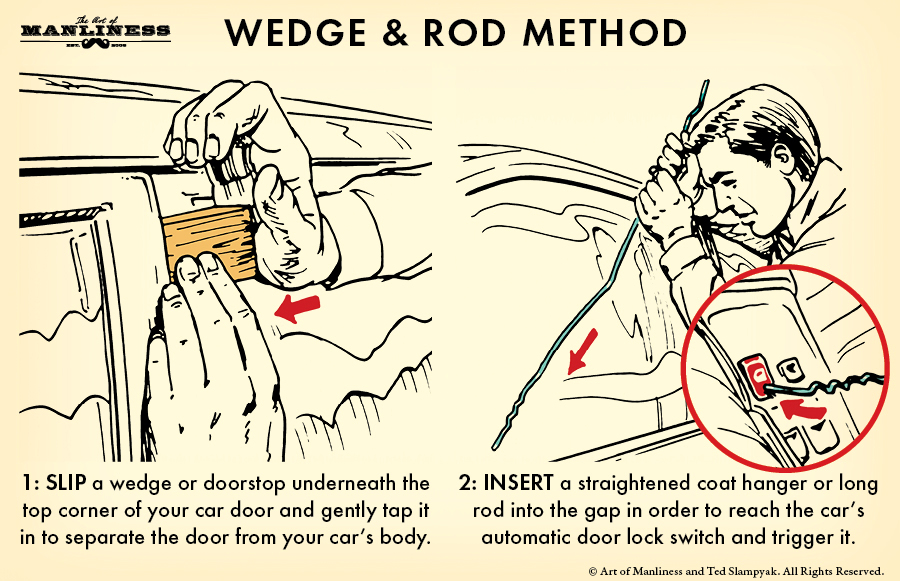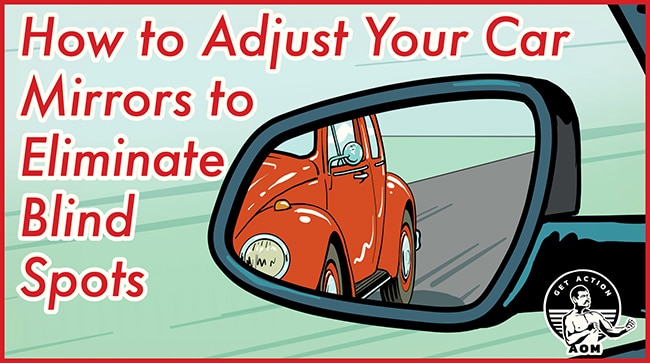
A blind spot in terms of driving refers to an area where the traffic outside your vehicle cannot be seen in its mirrors.
The first time you encounter the reality of blind spots as a new driver can be quite disturbing; you look in your side-view mirrors and see nothing, but as soon as you start to change lanes, you realize there was another car right next to you, completely invisible to your view!
If you were like me, you were probably told that blind spots are inevitable, and the only thing you can do to overcome them is to physically look over your shoulder.
I’ve been driving for a quarter of a century. And for 25 years I’ve been looking over my shoulder whenever I change lanes in order to check my blind spot.
Well, I recently learned that cars don’t have to have blind spots. With a small adjustment of your side-view mirrors, you can, in fact, eliminate them. Here’s how to do it.
The Problem With Traditional Mirror Placement
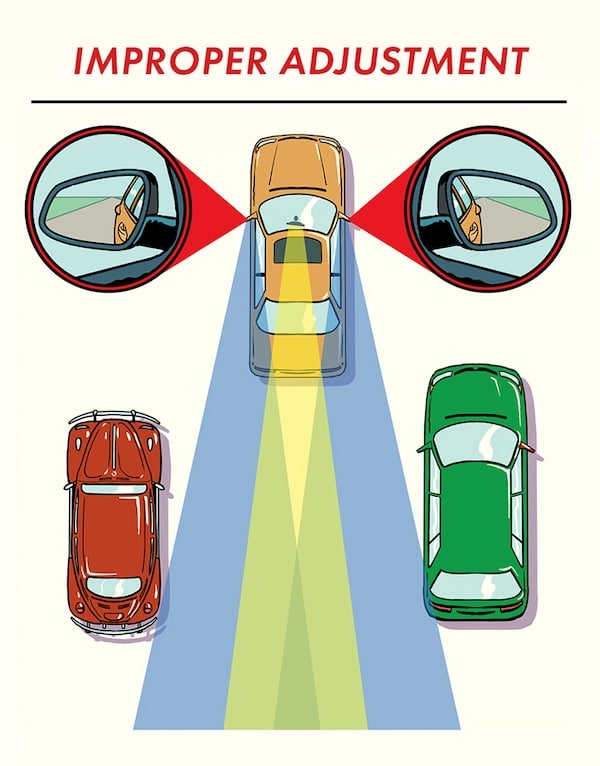
Traditionally, many drivers adjust their side-view mirrors so that they can see both the other lanes of traffic and the sides of their own vehicle. While this may seem normal, positioning your mirrors this way is what creates blind spots and limits a driver’s field of view.
The SAE Method: Adjusting Your Mirrors for Maximum Visibility
Back in 1995, The Society of Automotive Engineers (SAE) published a paper suggesting an alternative approach to mirror placement that eliminates blind spots and provides a seamless rear-view panorama. No more looking over your shoulder when changing lanes.
The SAE method challenges the conventional mirror placement by advocating for a wider field of view. Instead of seeing the side of your own vehicle in the side-view mirrors, the goal is to capture as much of the surrounding traffic as possible. To achieve this, follow these steps:
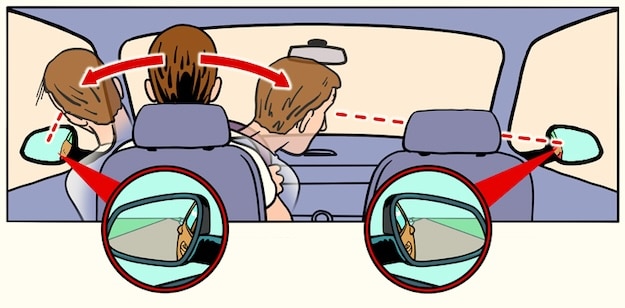
Center Mirror Adjustment: Start by adjusting your inside rearview mirror. Position it so that you can see across your rear windshield while maintaining a clear view of the road ahead.
Driver-Side Mirror Adjustment: Look straight ahead with a level chin. Now lean to your left until your shoulder touches the inside of the door. Keep leaning until your head touches your window.
While holding this position, adjust the driver-side mirror until you can barely see your car door.
When you return to a center position, you shouldn’t see the side of your car at all in the mirror.
Passenger-Side Mirror Adjustment: Lean your body to the right, so that your head is just above the center console. Look into the passenger-side mirror and adjust it until you can barely see your car’s door.
When you return to your center position, you shouldn’t see the right side of your car in the mirror at all.

With your mirrors in these positions, you’ve eliminated your car’s blindspots. Cars behind you should now appear to move cleanly from your center mirror to a side mirror.
Overcoming the Initial Disorientation
When you first adjust your mirrors according to the SAE method, you may experience a sense of disorientation. You’re probably used to seeing your own car when you look in your side mirror. But you’ll get used to the new view quickly and appreciate the enhanced situational awareness this mirror arrangement provides.
Illustrations by Ted Slampyak


